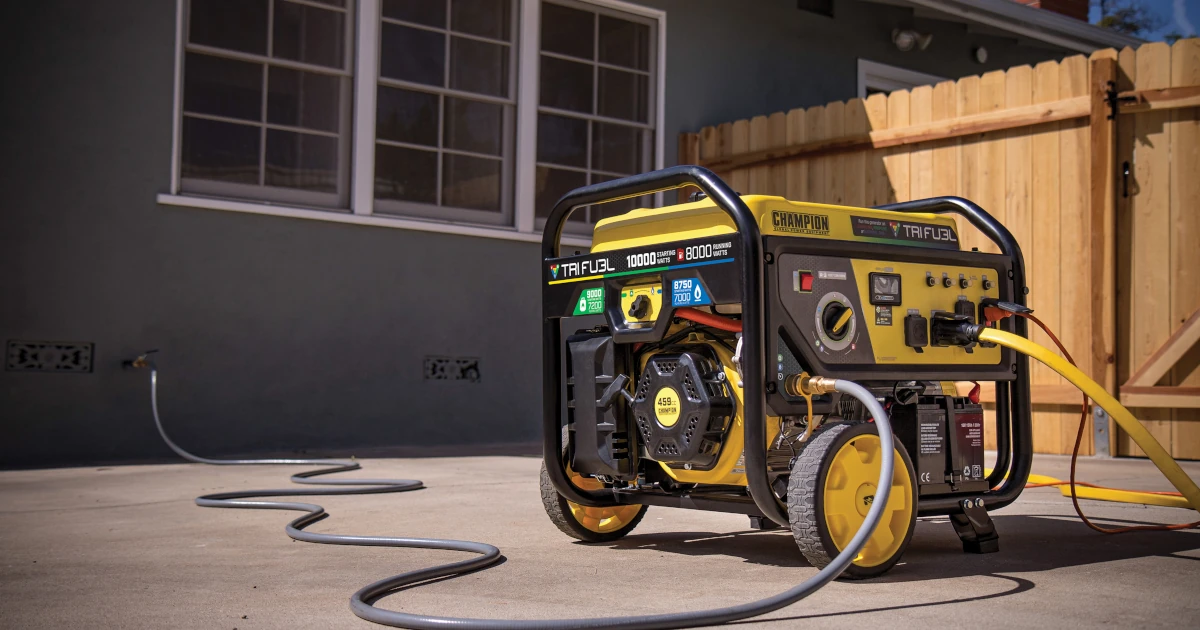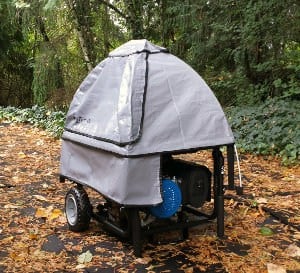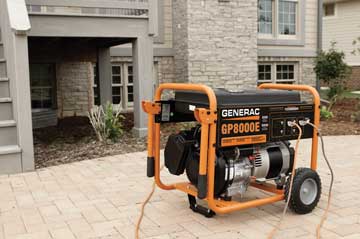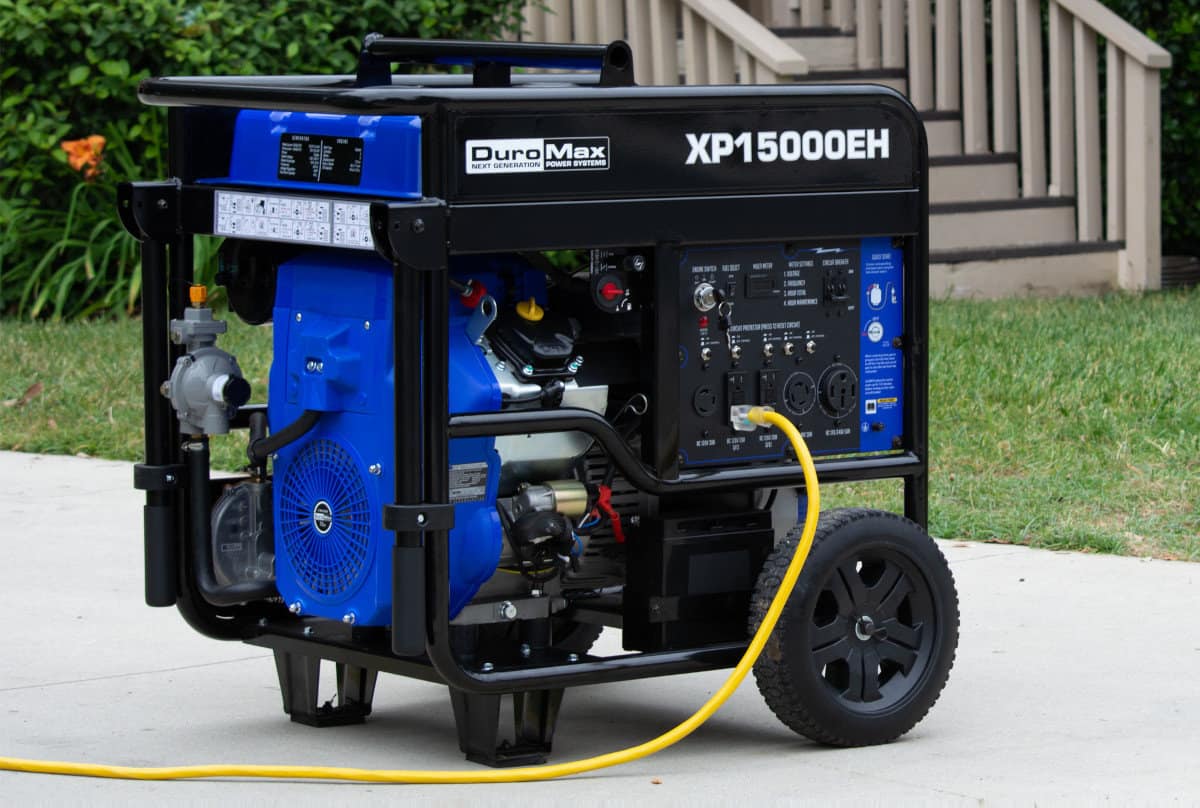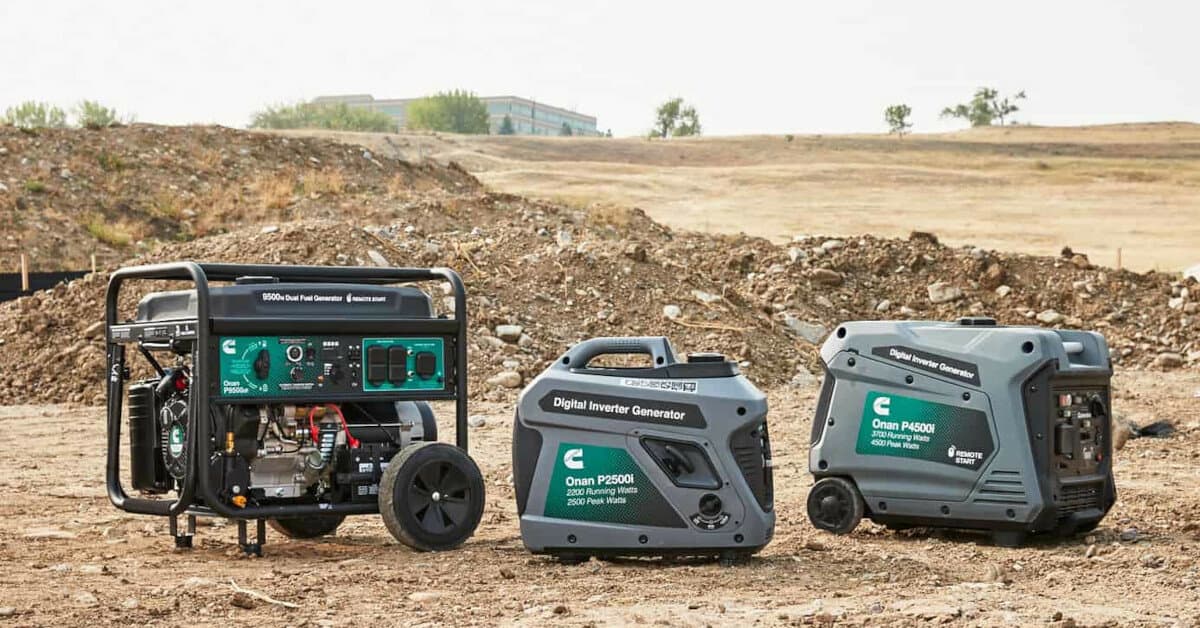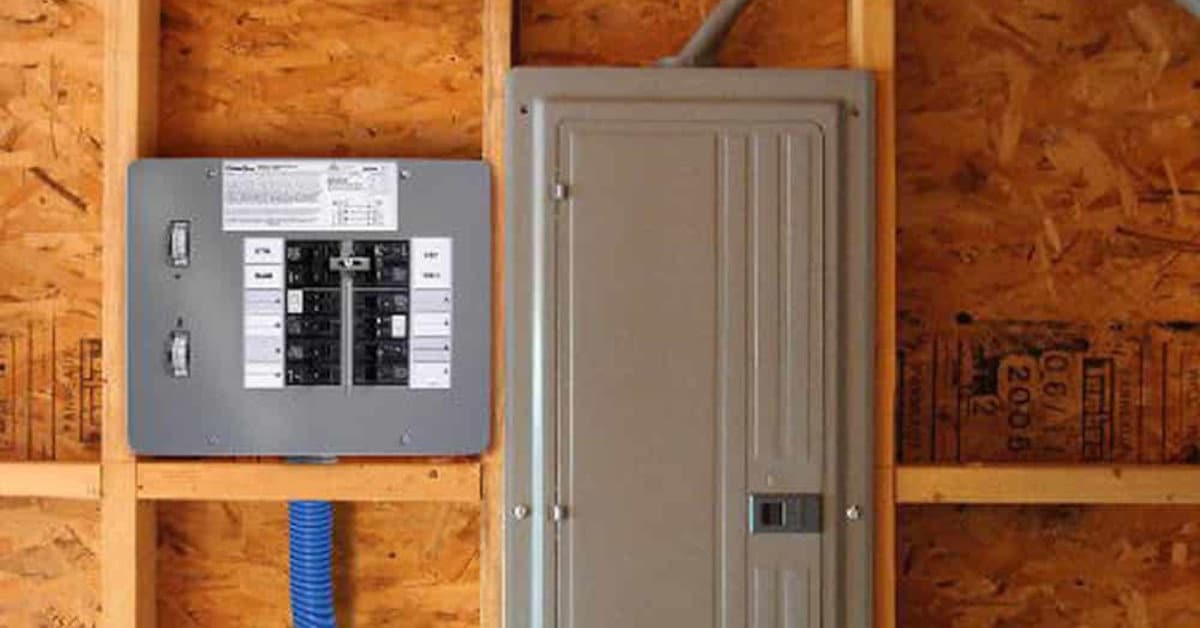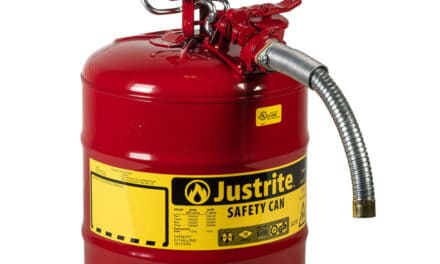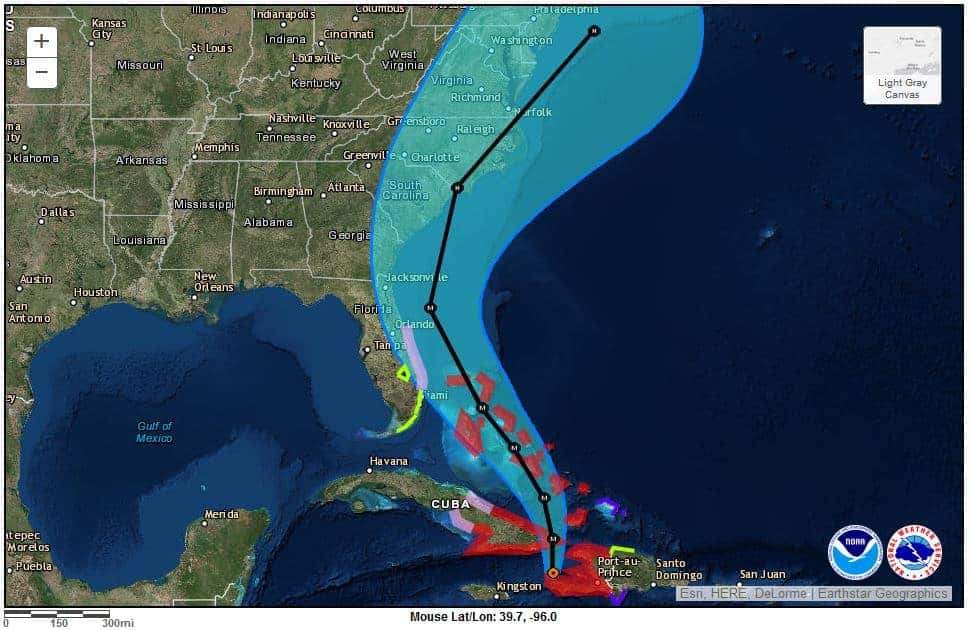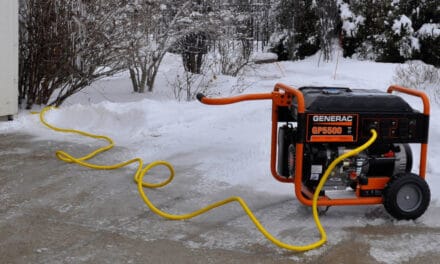Power Capacity in Watts Determines What Appliances Your Generator Can Power
The power capacity of different portable generator models varies as widely as the appliances they power. If the power goes out, you are probably less concerned that your electric stove doesn’t have power than you are about the basement flooding because your sump pump doesn’t work.
The length of time the power is out and the time of year may also affect which appliances you choose to supply with emergency power from your portable generator. The power output capacity of a generator determines what it can power. It is up to you to decide what appliances to supply with electricity in the event of an outage.
Need a Portable Right Away? Norwall Has Many Models in Stock
Power Outages often occur during bad weather. Many first time buyers don’t realize that most portable generators need protection from rain, snow, and ice, but generators cannot run indoors because the engine creates deadly carbon monoxide. Toxic levels of the odorless, colorless gas accumulate quickly and too often kill.
To overcome the problems presented by running a portable generator in wet conditions, GenTent Generator Canopies invented the Portable Generator Canopy. The frame clamps to the generator frame and the canopy covers the generator to allow operation in nearly any kind of wet weather.
This Champion Tri-Fuel Generator runs on three different fuels—Gasoline, Propane, and Natural Gas. Different fuels contain different amounts of energy which affects how much power the generator can produce while using each fuel type.
Understanding Generator Power Capacity
Power is measured in Watts (W) or in Kilowatts(kW). One kilowatt equals 1000 watts. Calculate Watts by multiplying voltage by amperes. A device that runs on 120 volts and draws 5 amperes uses 600 watts (120V x 5A) of power. On some appliance tags, this is expressed as Volt-Amps or VA; others express their power requirements in watts or kilowatts.
Appliances require a certain amount of power regardless of the voltage use. At 240 volts, a 600-watt appliances requires 2.5 amperes of current, but at 120 volts it requires twice the current—5.0 amperes.
Generator Capacity is rated in watts or kilowatts because it is the power that matters, not the voltage.
Generators come with two power capacity ratings; the maximum or starting watts and the continuous capacity or running watts. Runnign watts refers to the power the generator is able to supply continuously without overloading. Starting watts is a boost of power available for a few seconds while starting a motors. At startup, motors require two to six times more power than their continuous power requirement. A generator must provide this surge of power for for several seconds without overloading.
Gasoline only models, Dual Fuel models, and Tri Fuel models offer different fuel options. Gasoline contains more energy than propane, which contains more energy than natural gas. For this reason, generator manufacturers will provide different capacity ratings for each fuel.
Example: The DuroMax 13000-Watt Tri Fuel Generator has three ratings for running watts, and three ratings for starting watts.
DuroMax Tri-Fuel XP13000HXT
| Fuel Type | Running Watts | Starting Watts |
| Gasoline | 10500 Watts | 13000 Watts |
| Propane | 9500Watts | 12000 Watts |
| Natural Gas | 8500 Watts | 10000 Watts |
For the DuroMax Tri-fuel, it’s important for the homeowner to know they can expect 2000 more running watts while running on gasoline than on natural gas. They may want to reserve their gasoline supply for peak power usage and use natural gas when power demand is low. Propane is another option for peak demand, but provides a 1000 watts less power.
Understand the difference between starting watts and running watts. Read a generator’s specifications before you purchase. Some manufacturers list a generator by the starting watts capacity while others list them according to the running watts capacity. Generac rates the 8000-Watt GP8000E shown here as an 8000-Watt Generator with 10000 Starting Watts.
The DuroMax XP15000EH Dual Fuel Generator with 15,000 Starting Watts and 12000 Running Watts. Up to 50 Amps of Power at 240-Volts for supplying a 50-Amp manual transfer switch through a single generator cord. Note the large, 120/240-Volt 50-Amp Outlet at the bottom right of the control panel.
Typical Appliance Power Requirements
The following table lists typical power requirements for starting and running some common appliances. Actual power requirements may vary by manufacturer, motor size and type of motor used. Only running watts apply to appliances without motors. Visit our Portable Generator Sizing Guide for help choosing the right generator to fit your needs.
Appliance Power Requirements
| Appliance | Running Watts | Starting Watts |
|---|---|---|
| Sump Pump 1/2 HP | 1050 | 3200 |
| Well Pump 1 HP | 2000 | 6000 |
| Refrigerator | 700 | 2100 |
| Freezer | 700 | 2100 |
| Furnace 3/5 HP Fan | 875 | 2625 |
| Window Air Conditioner 6,000 BTU | 900 | 2700 |
| Window Air Conditioner 12,000 BTU | 1700 | 5100 |
| Coffee Maker | 1200 | |
| Toaster Oven | 1550 | |
| Hot Plate | 1200 | |
| Electric Frying Pan | 1200 | |
| Microwave Oven 1,000 Watt | 1000 | |
| Electric Lights* | Printed on Bulb* |
*Energy efficient bulbs are often compared to their incandescent counterparts. Use the actual bulb wattage and not the incandescent wattage.
Two types of Portable Generators fill the needs of most people. The two inverter models at center and right are quiet and fuel efficient with noise levels low as 52 dBA, but only produce 120 volts. The conventional model at left is louder, has a higher capacity, and can also provide 120 or 240 volts.
Managing Portable Generator Power
Small, easy-to-carry inverter generators go from outings and campgrounds to supplying emergency power at home.
Decide which critical appliances should receive power during an outage. Give top priority to sump pumps, sewage pumps, refrigerators and freezers. Add the furnace to your list in cold weather to keep the house warm and prevent pipes from freezing. Total the running watts for all the appliances that will run at the same time, then add the highest starting watts to the total. Calculate running watts for motors by multiplying running watts by three.
Some heavy duty motors may require six times the running watts to start.
Manage power by only starting one critical appliance at a time. Start the largest loads first and work your way down to the lighter loads. Operate loads in cycles. During heavy rain, you might need your sump pump going full time, but if it’s dry, then maybe it won’t run at all.
A manual transfer switch is the safest way to power your home with a portable generator.
Warning: Never attempt to connect a portable generator to a home by plugging it into an appliance or convenience outlet. Backfeeding is dangerous and illegal in many jurisdictions.
A manual transfer switch is the safest and most efficient way to supply a home from a portable generator. Not only does it make power management easier, they also power appliances that don’t have power cords such as furnaces and well pumps. Most importantly, they isolate your home and prevent the portable generator from back-feeding the utility lines―a serious danger to utility workers attempting to restore power.
This manual transfer switch has spaces for up to 8 single pole (120-volt) breakers or a combination of single and double pole (240-volt) breakers. During normal operation, power from the main panel feeds the transfer switch circuit breakers. No power passes from the transfer switch to the main breaker panel under generator power—an important safety feature.
Portable Generator Safety
- The first priority is safety while operating a portable generator.
- Position the portable generator at least 20 feet away from the home.
- A Manual Transfer Switch is the safest connection to the home.
- Never operate a portable generator indoors.
- Use a Carbon Monoxide ( CO ) detector inside the home.
- Never backfeed your home from a portable generator.
- Use heavy duty extension cords rated for the current they will carry.
- Protect portable generators from weather with a GenTent Generator Canopy or other approved shelter.
Consider a standby generator as a permanent, automatic source of emergency backup power. They don’t require refueling. They start and run automatically during an outage, even when you’re on vacation or away on business. You won’t have to go outside and position, make electrical connections, and start a portable generator in the middle of a storm.
5 Small Portable Generators to Take Anywhere https://t.co/d6SHkxsilC
— Norwall PowerSystems (@NorwallPowerSys) October 21, 2021
New at Norwall: DuroMax Portable Generators https://t.co/i4lnYmX5fM via @NorwallPowerSys
— Norwall PowerSystems (@NorwallPowerSys) August 13, 2021
Manual Transfer Switch Installation: Part #1 https://t.co/lD7vty4FDU
— Norwall PowerSystems (@NorwallPowerSys) July 29, 2020

